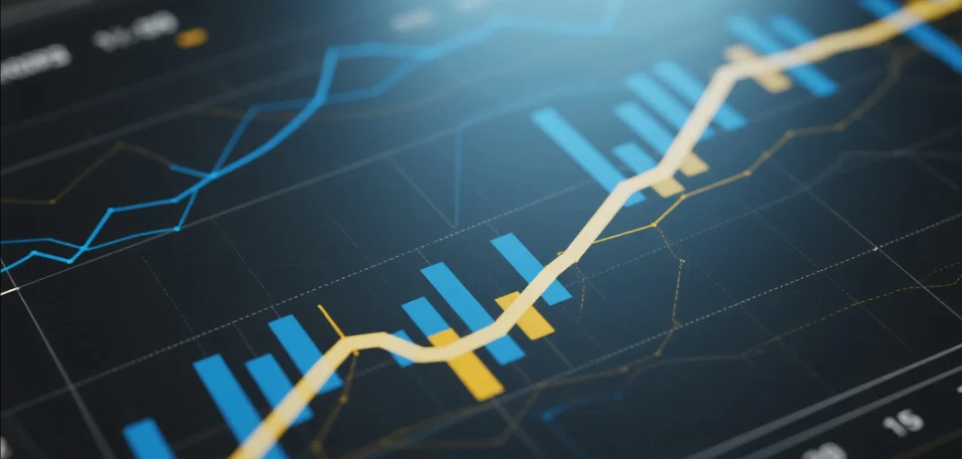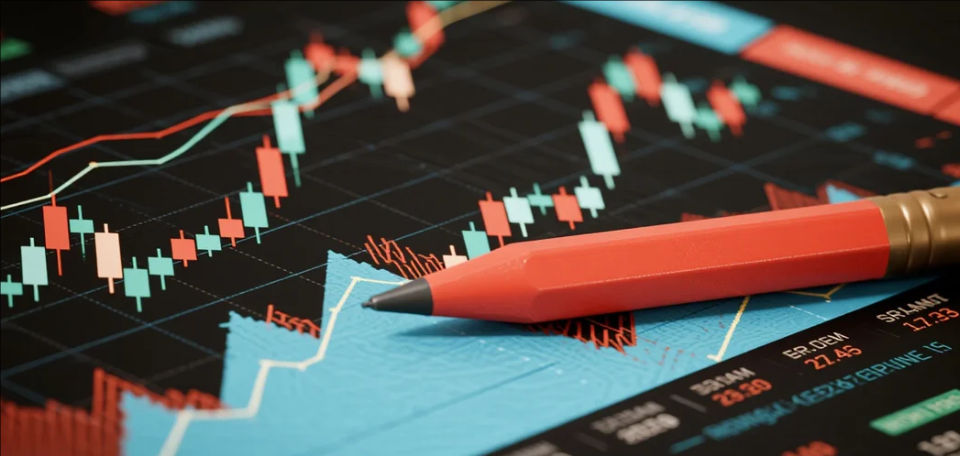
Over a century ago, Charles Dow created a daily-updated stock index that calculated the average performance of 11 transportation stocks to provide market information to readers. Later, he established a daily-updated pure industrial stock index, which became what we now know as the Dow Jones Industrial Average. With the development of computer technology and the popularization of index investing concepts, the number of indices has continued to rise, and their types have become increasingly diverse.
Domestically, there are currently over 500 indices tracked by products, including various types such as broad-based indices, industry-themed indices, and style strategy indices.
Faced with so many indices, how should one evaluate their investment value before investing, and what metrics should be considered when analyzing an index?
Before analyzing an index, it's essential to understand the sources of its returns.
Simply put, they can be broken down into two components.
The first is fundamental returns from companies, consisting of corporate earnings growth and dividend yields. This is what people often refer to as the "intrinsic value of a company," the returns generated by business operations.
The second is the impact of valuation changes on stock prices. The effect of valuation on returns can be either positive or negative, as factors like market sentiment cause valuations to fluctuate, leading to corresponding stock price movements.
Therefore, when analyzing the investment value of a broad-based index or an industry-themed index, this framework can serve as the basis for the analysis.
















